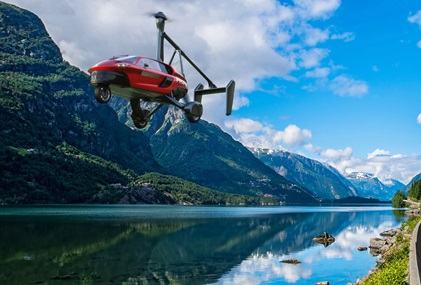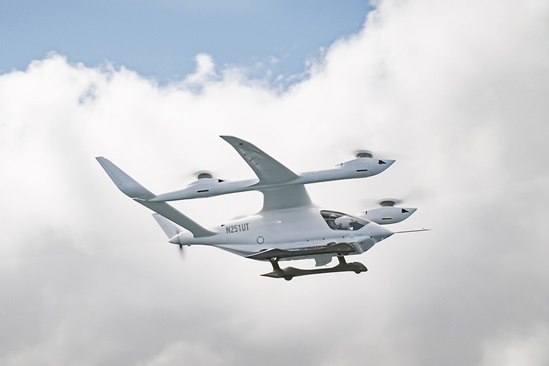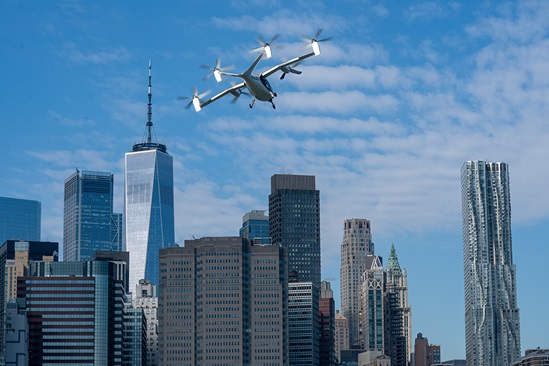EASA defines PAL-V Liberty roadable gyrocopter certification pathway
'Flying car' could reach US roads, airports after European approval
The European Union Aviation Safety Agency (EASA) defined a certification pathway for the PAL-V Liberty, a gyrocopter that transforms into a roadable three-wheeled vehicle. The company said “the first flying car to get road permission for Europe” is expected in the United States within a year after EASA certification.
“Getting a flying car to the market is hard. It takes at least 10 years,” said PAL-V CEO Robert Dingemanse. The company has been working toward certification with EASA since 2009 using certification specifications for small rotorcraft (CS-27) as a starting point for the flying car’s development.
“More than 10 years of analysis, test data, flight tests, and drive tests, led to this important milestone,” said PAL-V Head of Airworthiness Cees Borsboom. “In parallel, we already started compliance demonstration to obtain the type certificate, which will be followed by delivery of vehicles to our customers.”
Be prepared to pay $399,000 for the Sport Edition or $599,000 for the Pioneer Edition, which is limited to the first 90 vehicles and is distinguished by “hand-laid carbon parts” and additional special features that “create a unique blend of raw performance and stylish details.”

The Italian-designed two-person, dual-engine “car that flies” and “plane that drives” can achieve a high-speed cruise of 100 mph powered by a 100-horsepower aircraft engine, a maximum endurance of 4.3 hours, and fuel economy of 6.9 gph with unleaded fuel. Useful load is 542 pounds and with a range of up to 310 miles with 30 minutes of reserve. Takeoff roll is said to be 590 feet and landing roll is 100 feet; the aircraft is designed to reach an altitude of 11,500 feet.
Converting from drive to fly mode or vice versa is expected to take between 5 and 10 minutes. However, prospective aviators will need to earn a gyroplane certificate. PAL-V offers a five-day training course through the PAL-V FlyDrive Academy with hands-on flying and simulator training.
Drivers can expect 31 mpg on the road and a range of 817 miles via a separate 100-hp engine, though roadable fuel economy is likely to be less at the vehicle’s top speed of 100 mph. Acceleration is a respectable zero to 62 mph in less than nine seconds. A Dynamic Curve Stabilizer system for the tricycle gear/wheels was developed to counteract the high center of gravity from overhead blades and lifting surfaces.
There are plans in place to enter the United States with the Liberty, spokesperson Joris Wolters said in an email. “This will, of course, require us to pass the FAA certification. The type certificate of EASA is accepted in 80% of the world including the U.S.,” he explained. “Therefore, we expect to commence the deliveries to our U.S.-customers, who have already ordered their PAL-V Liberty, one year after obtaining the type certificate in Europe.”




